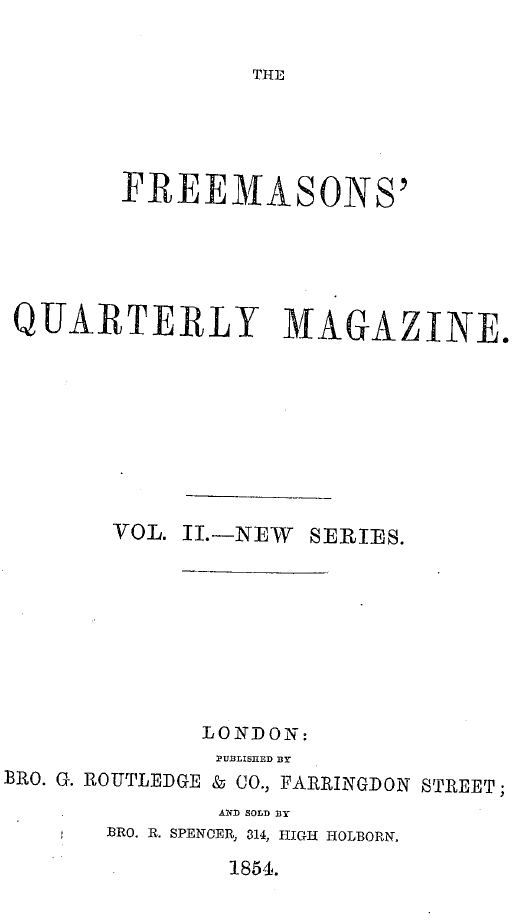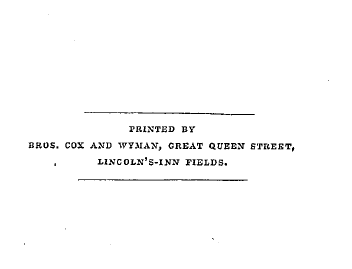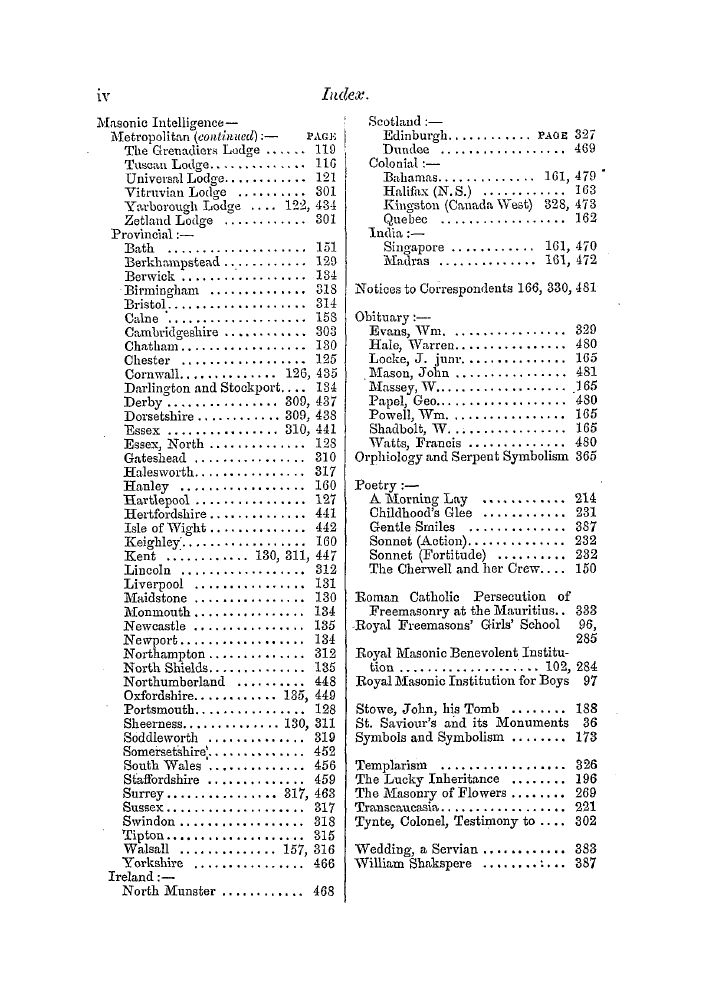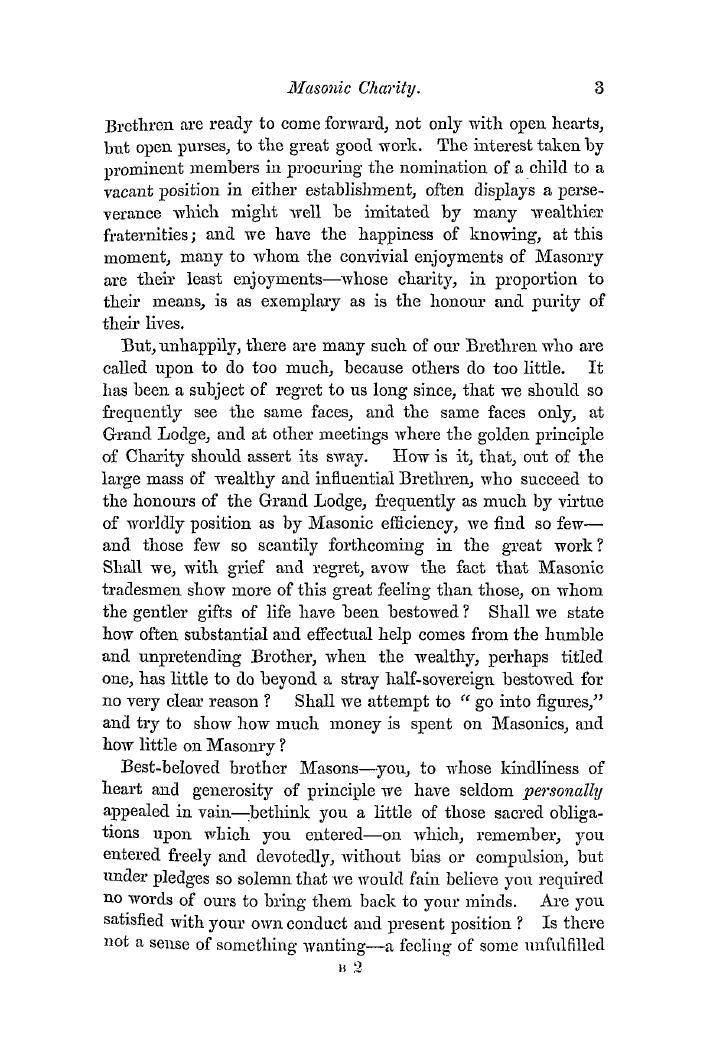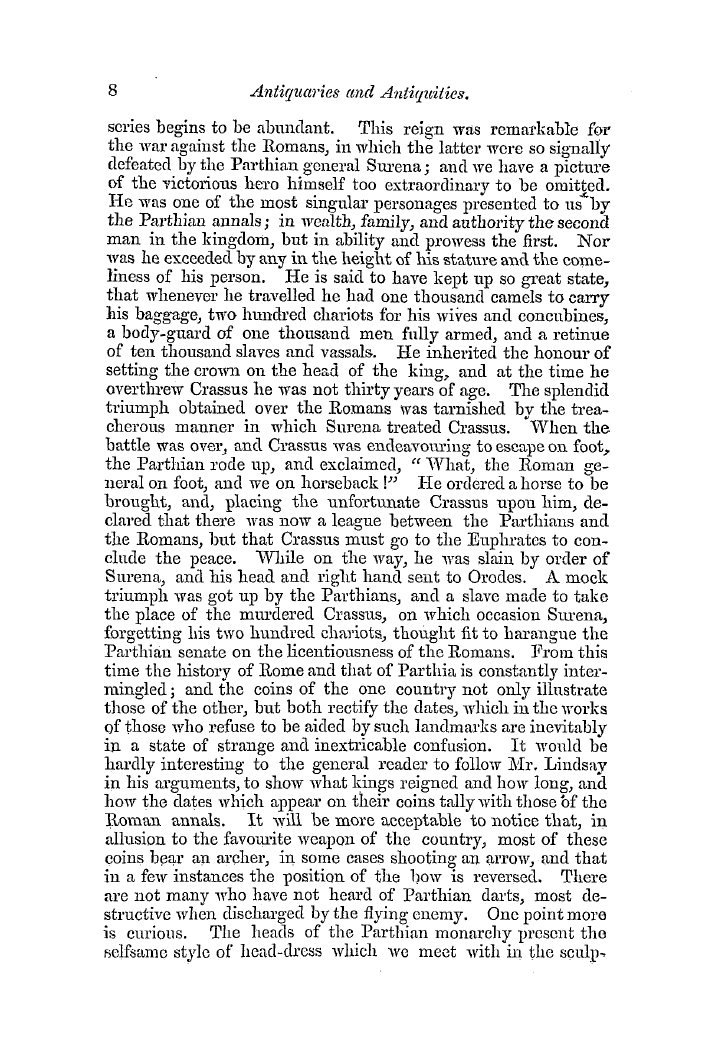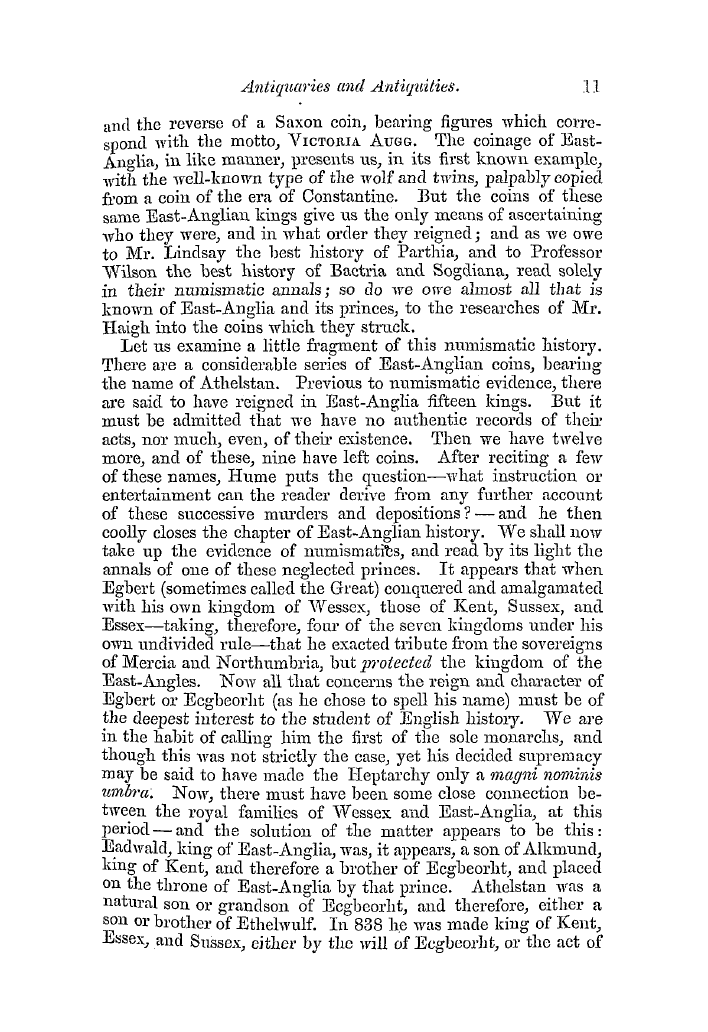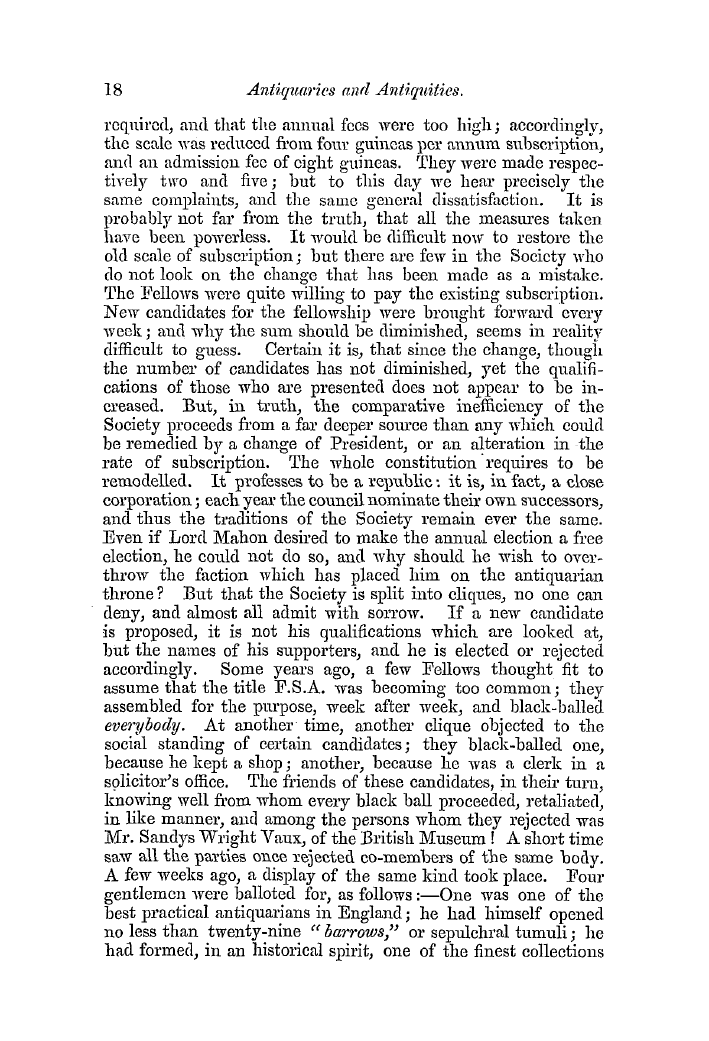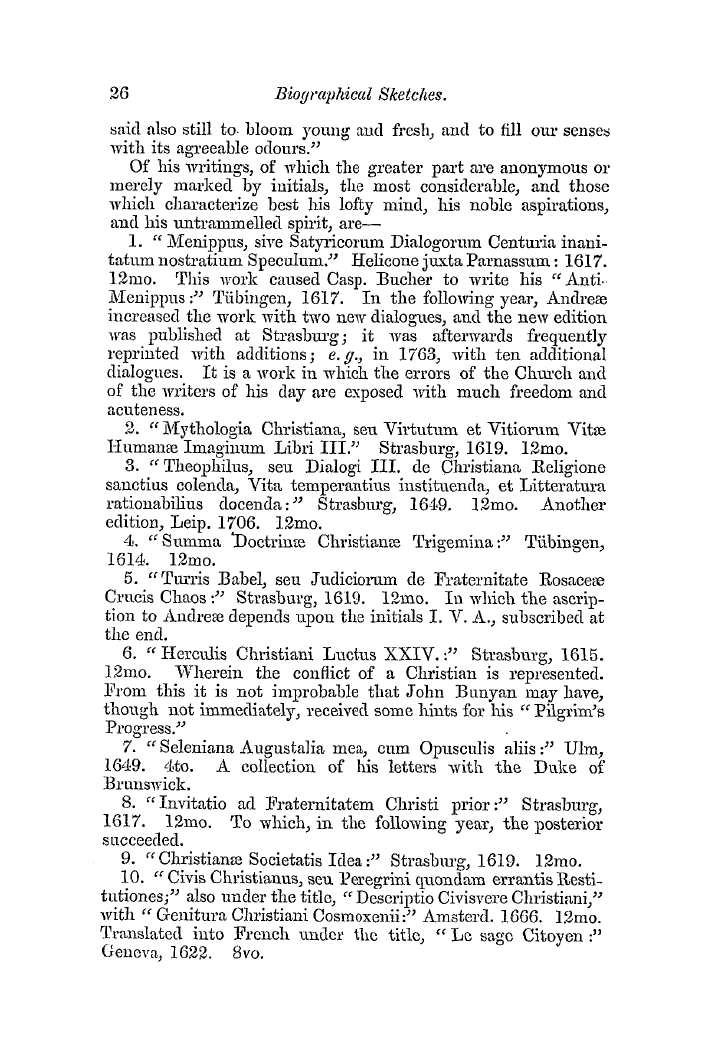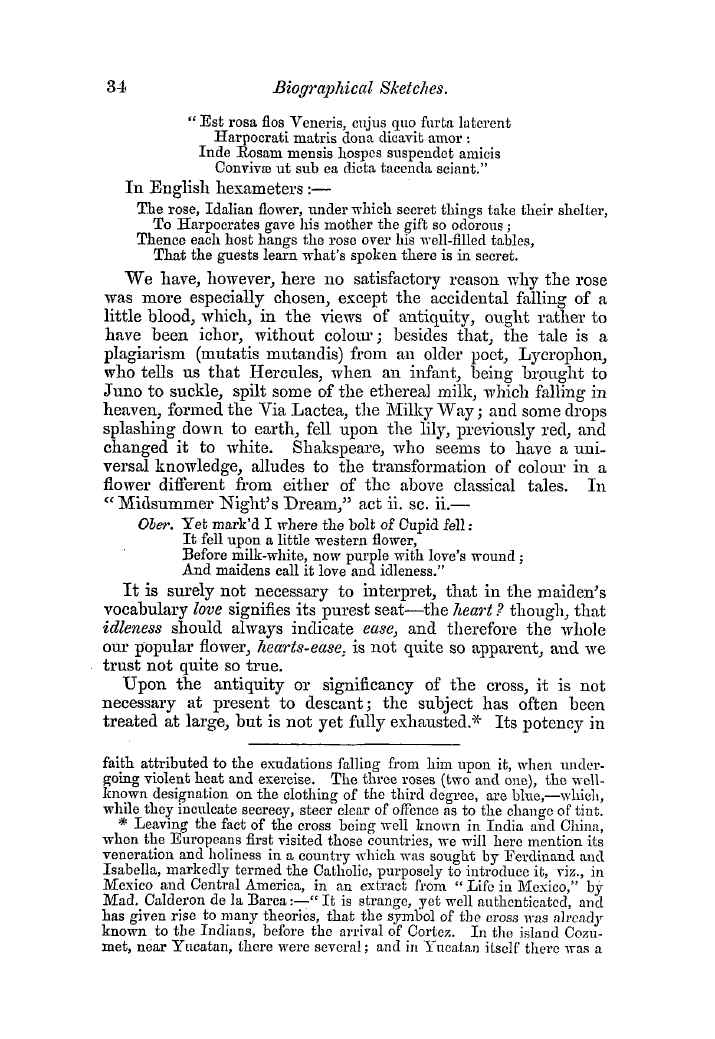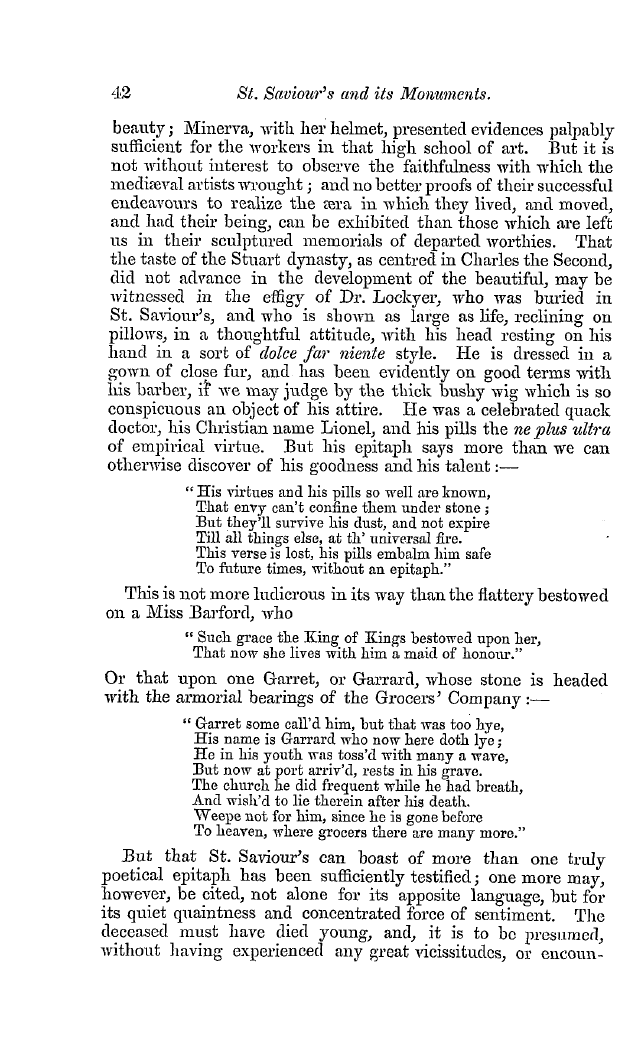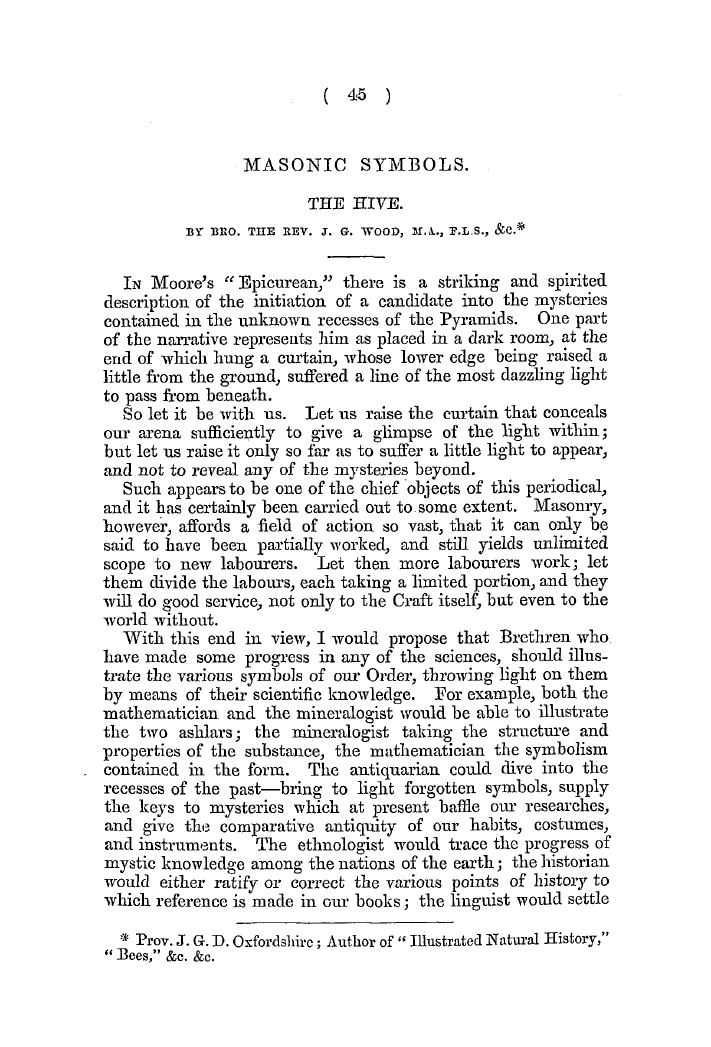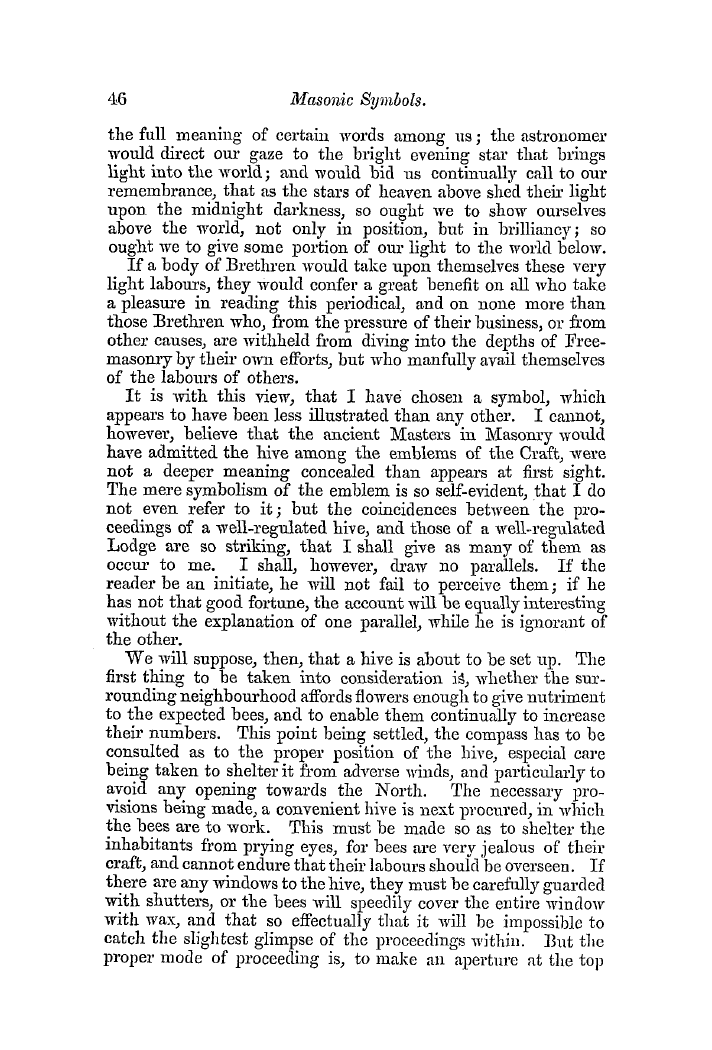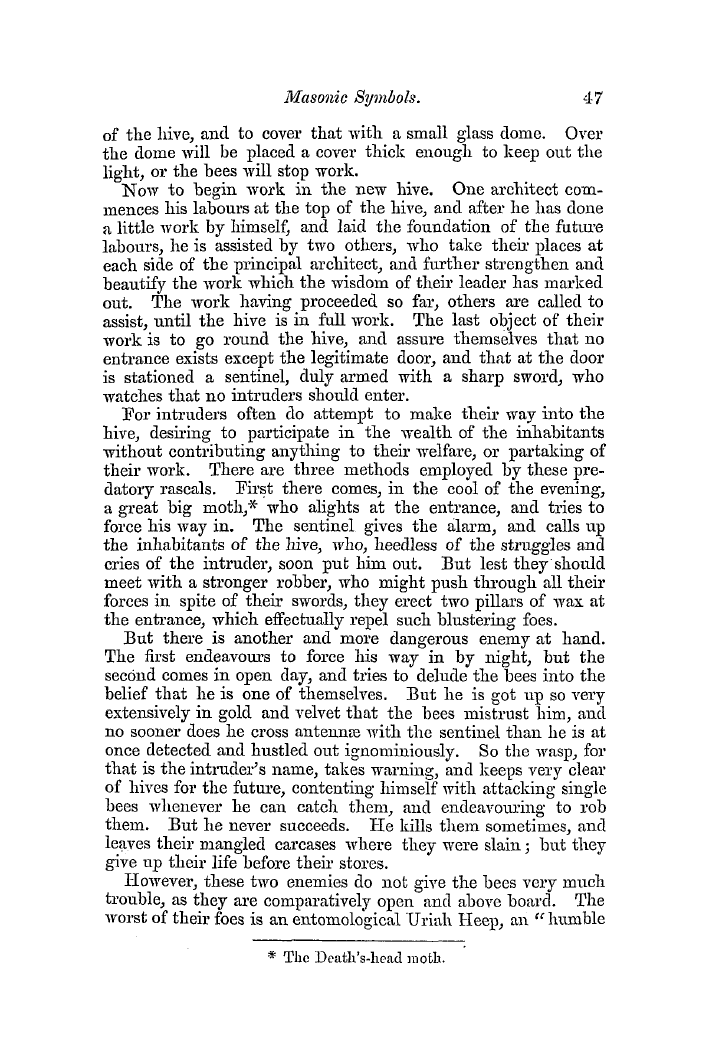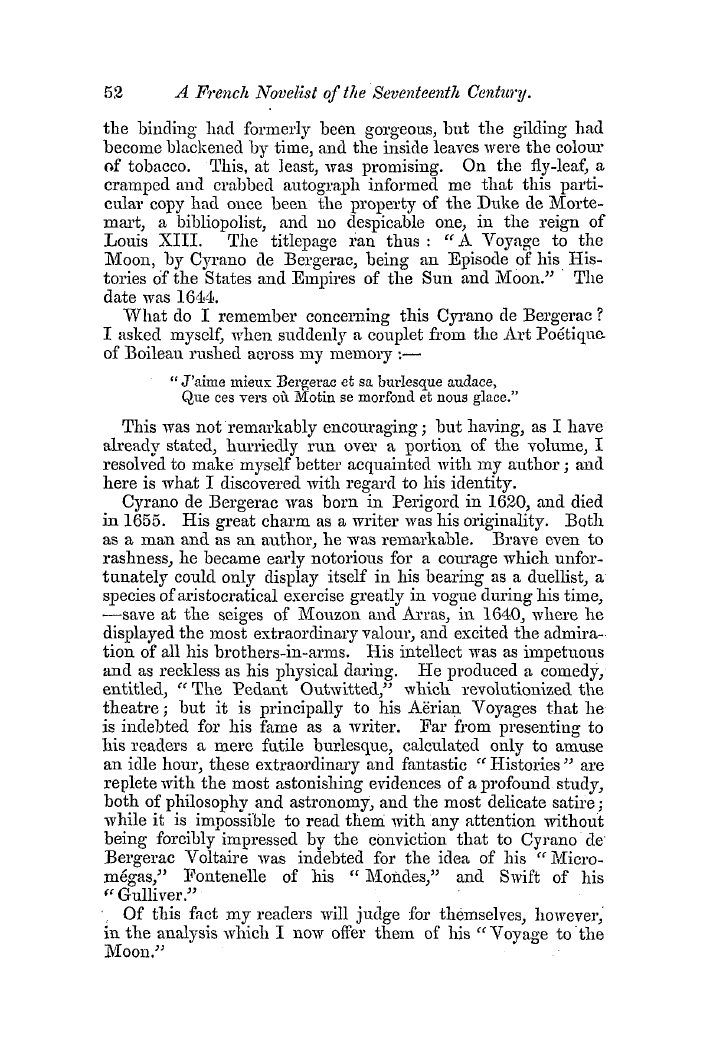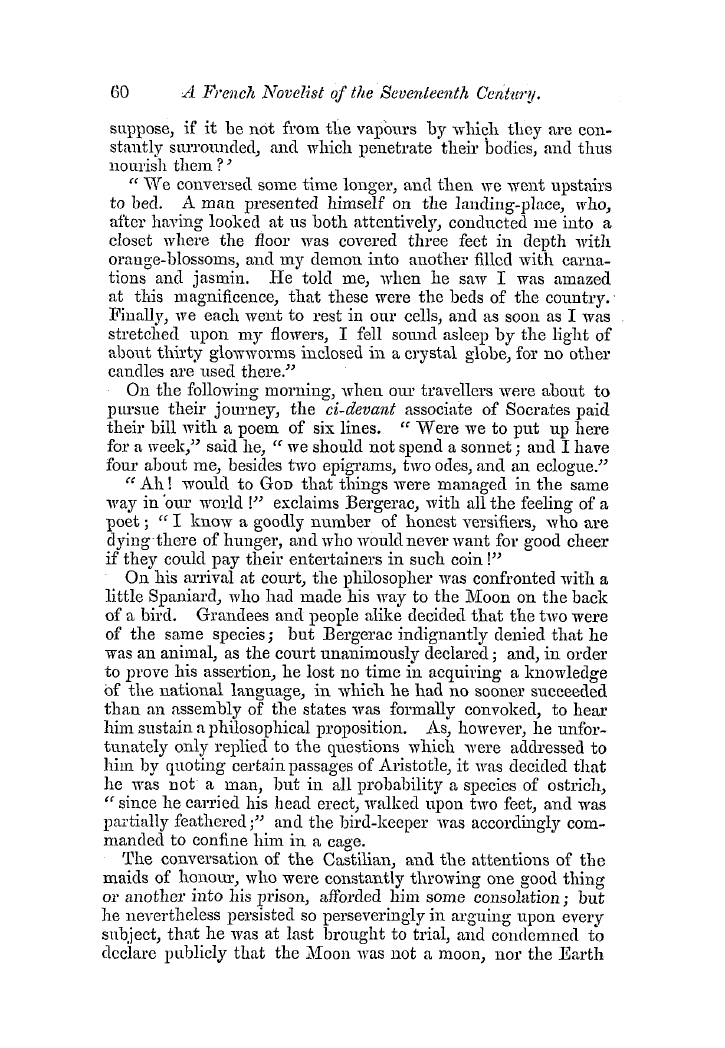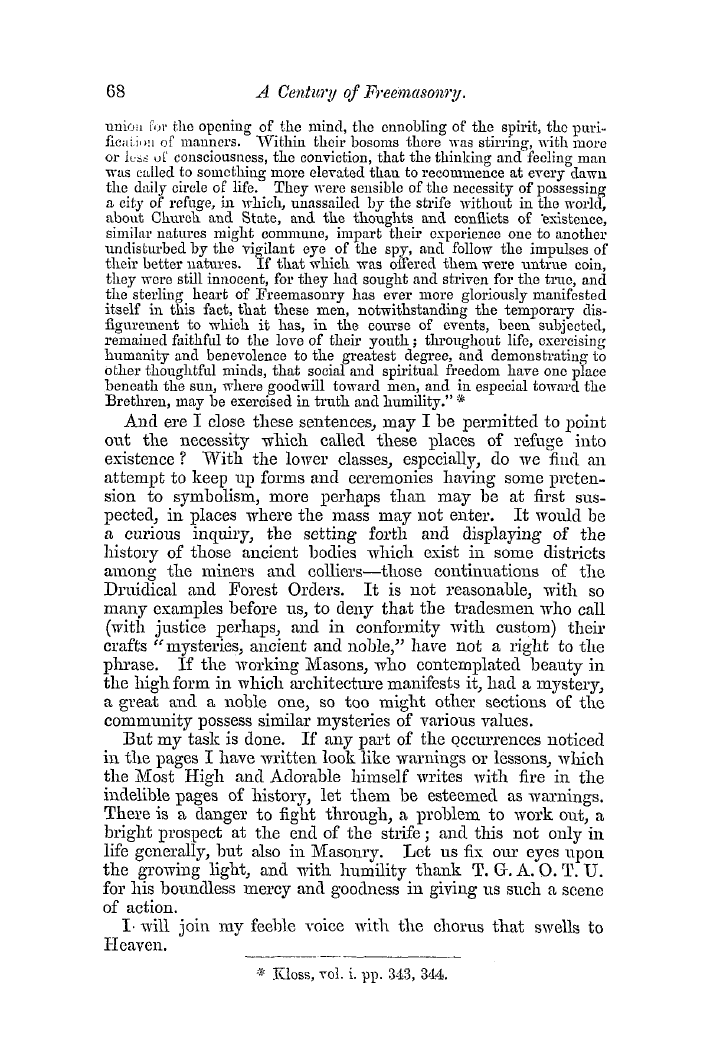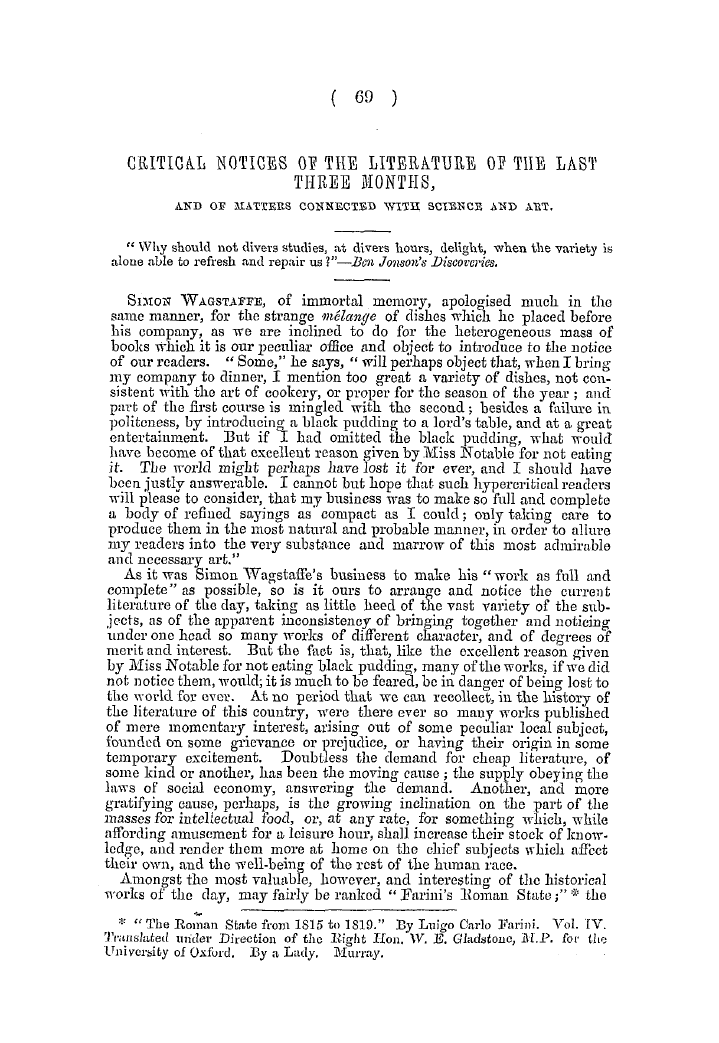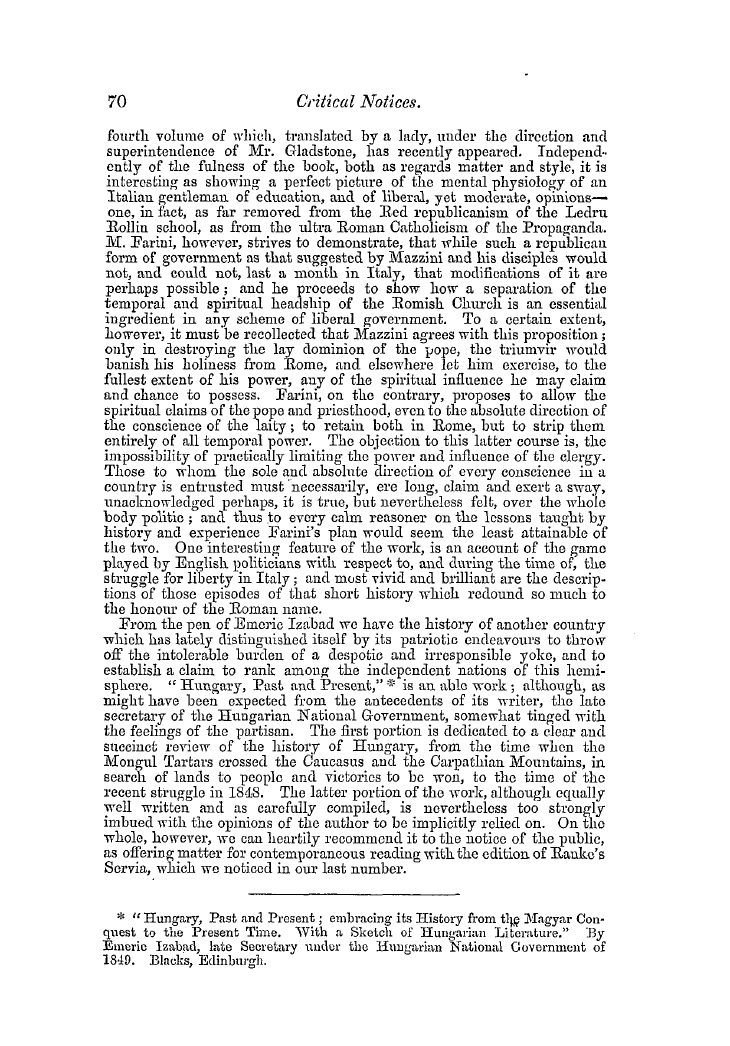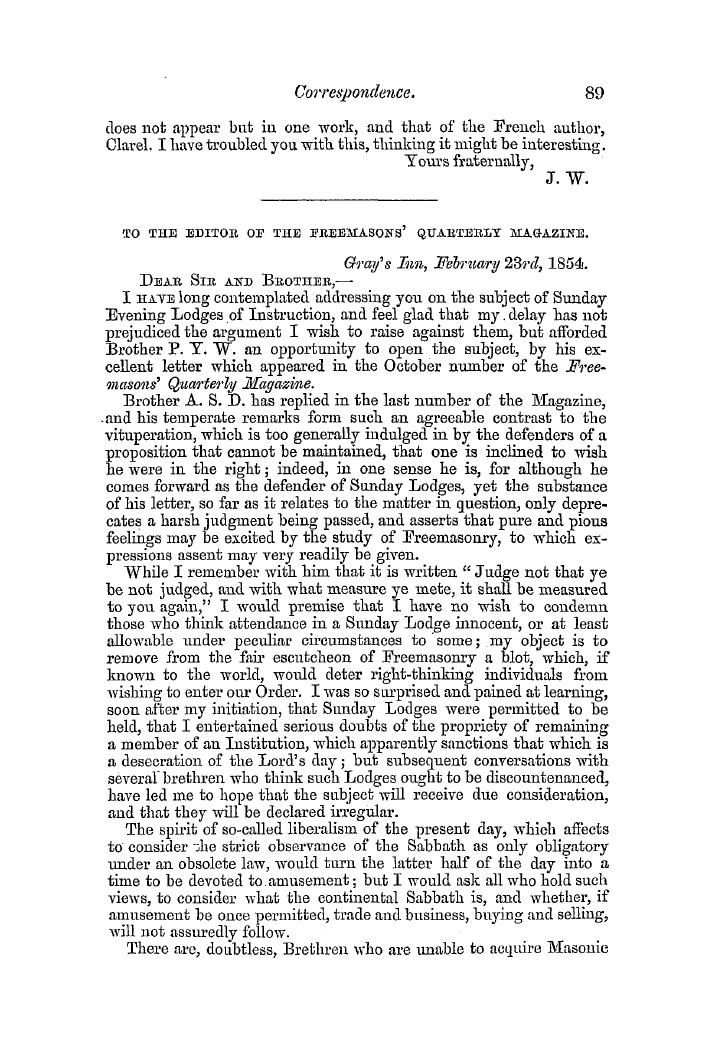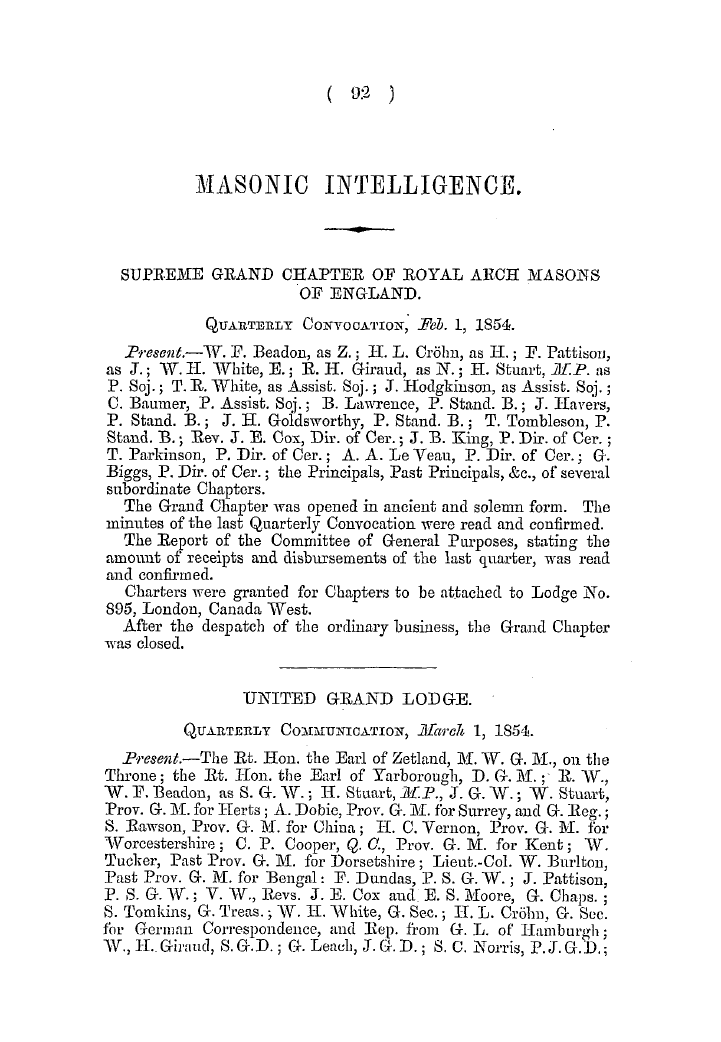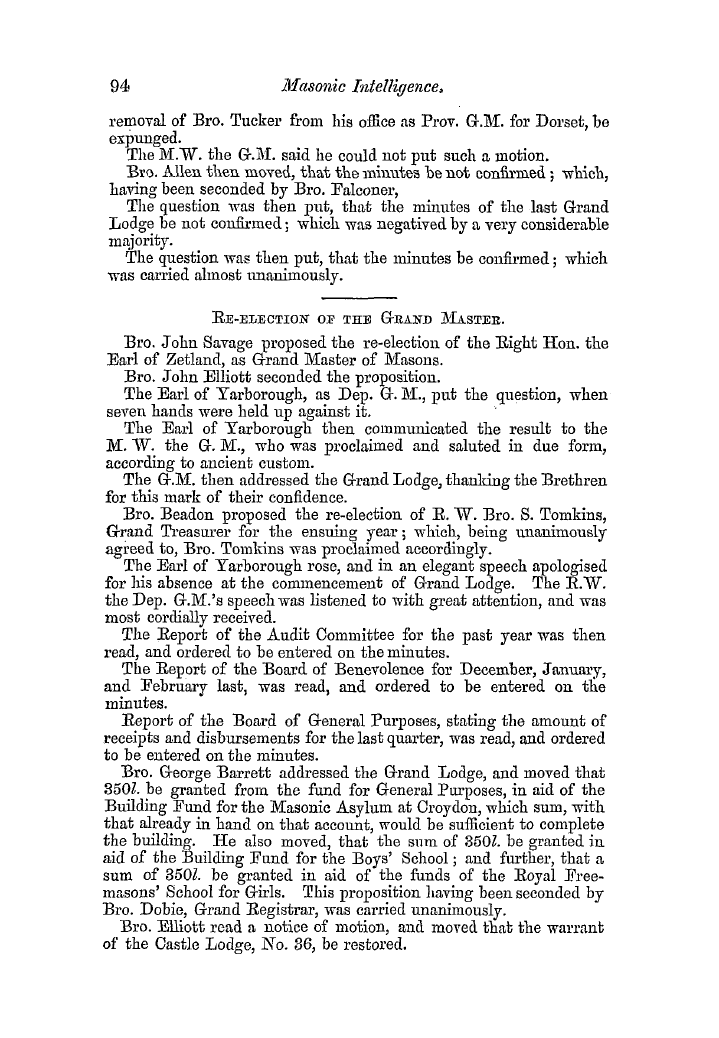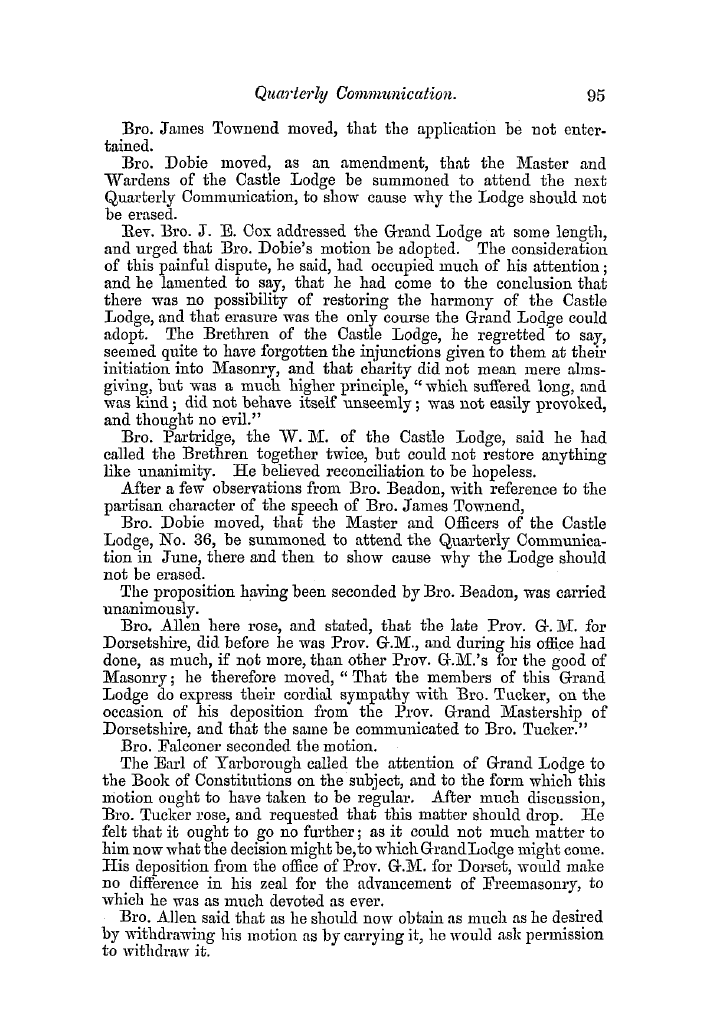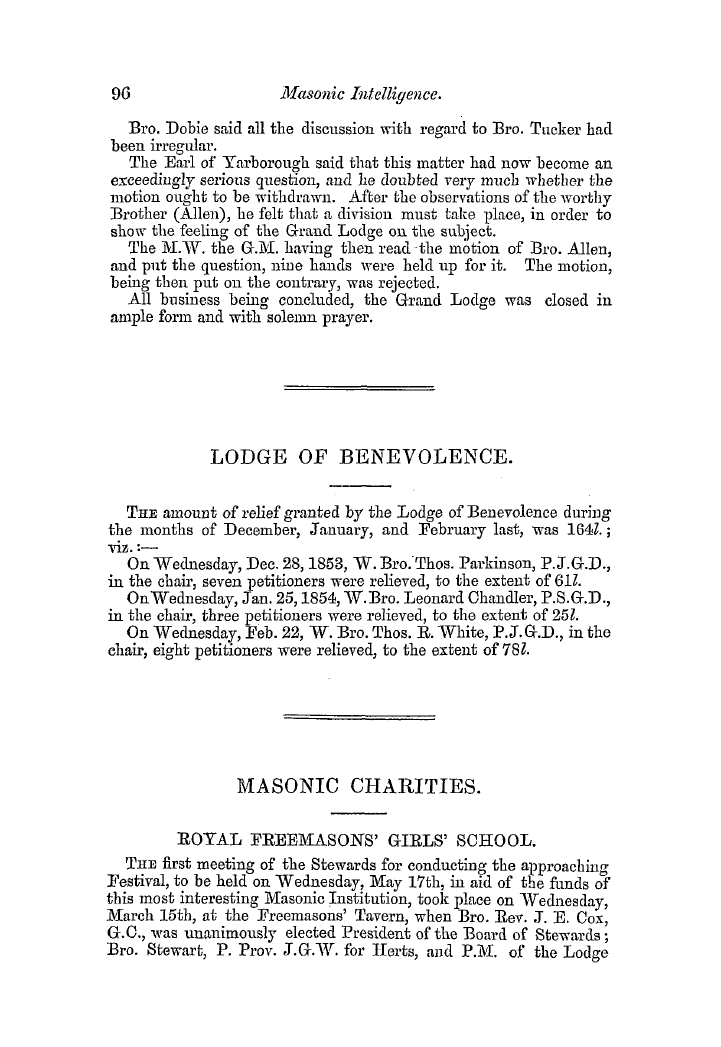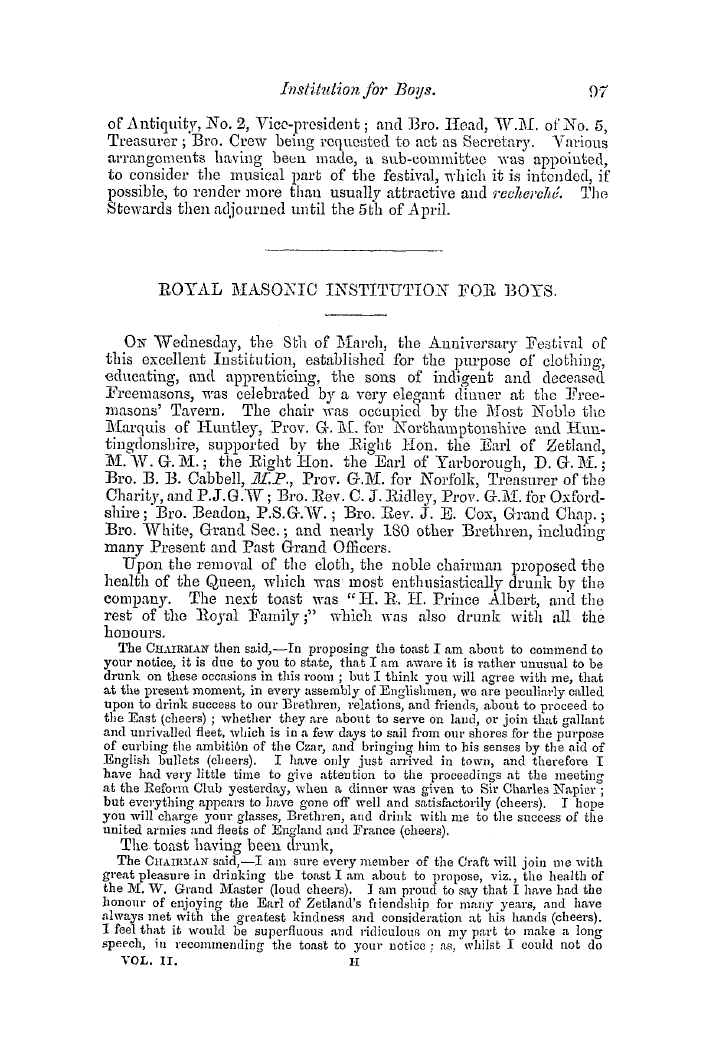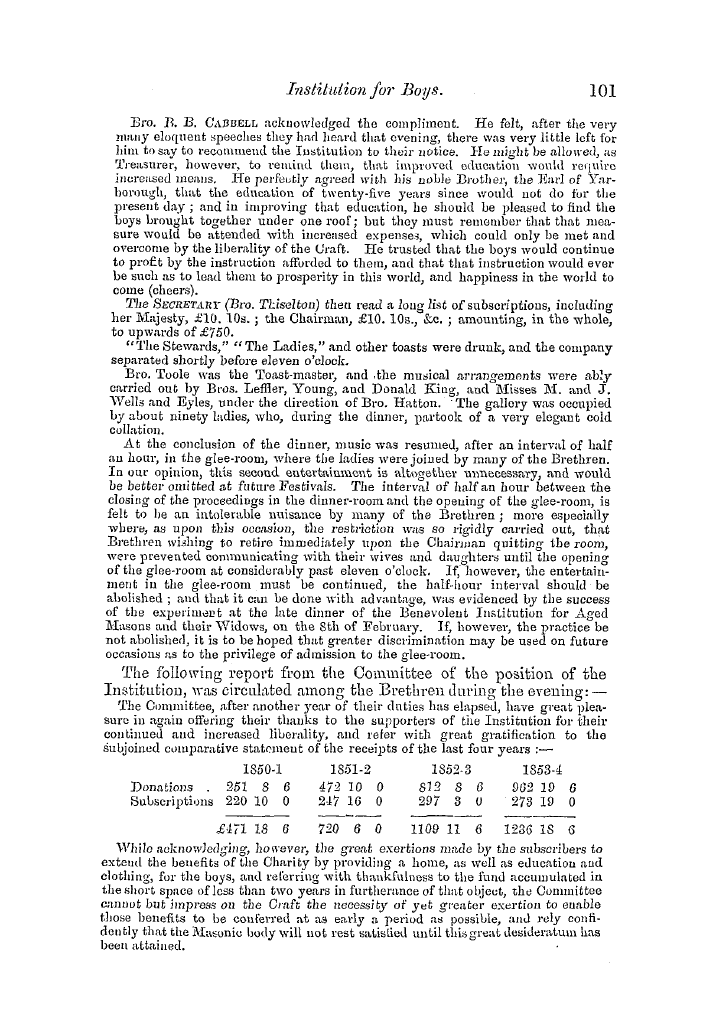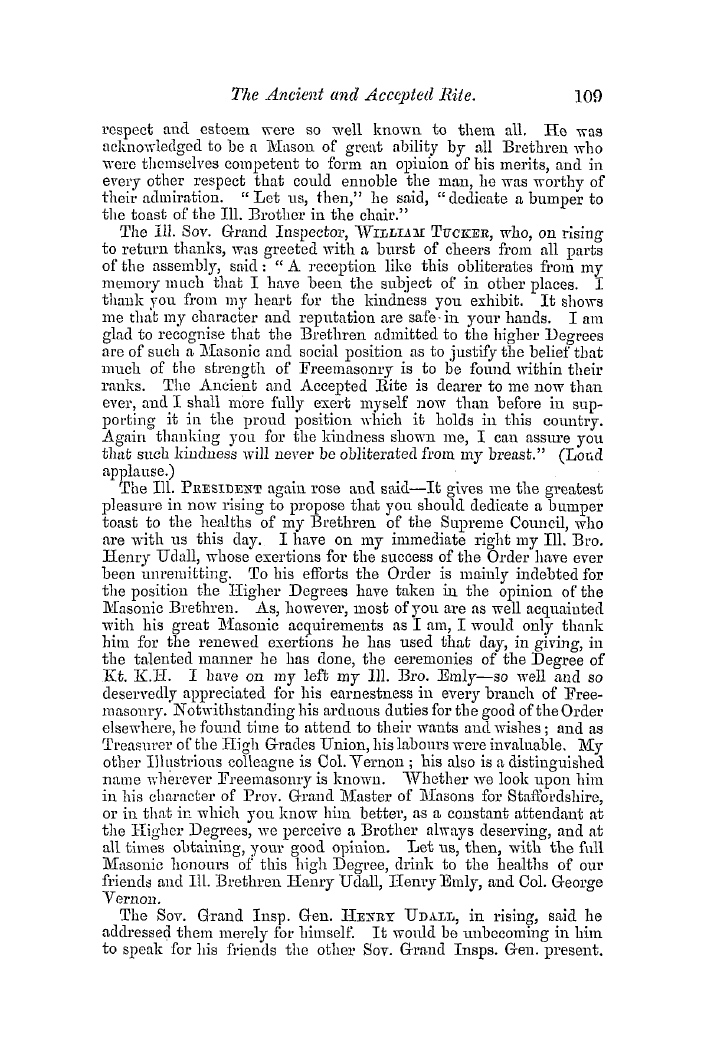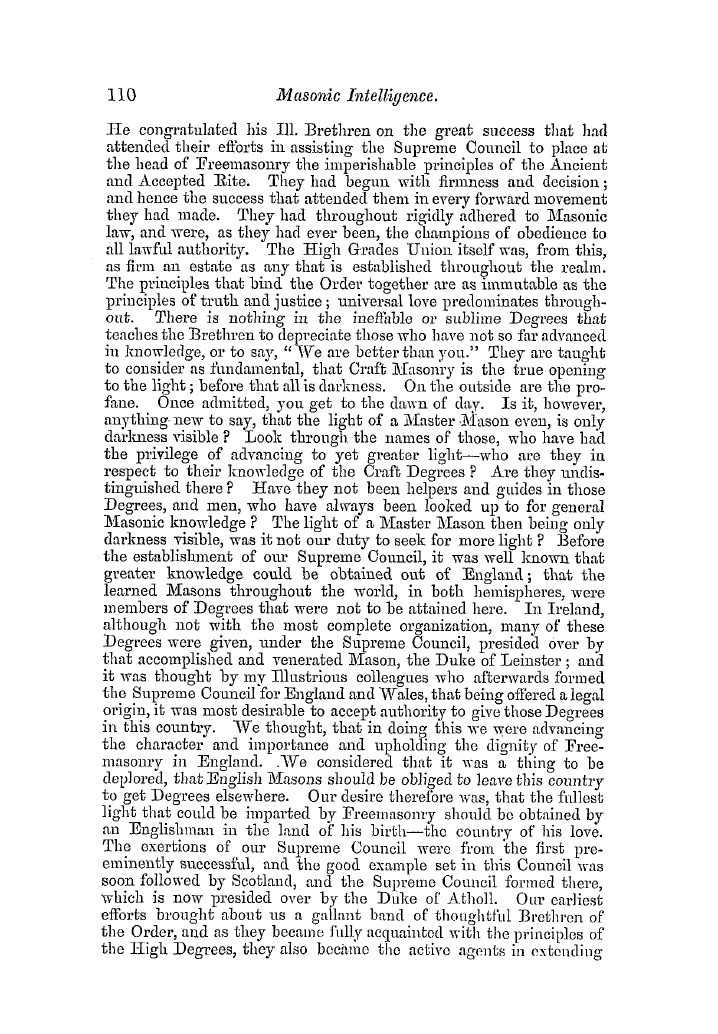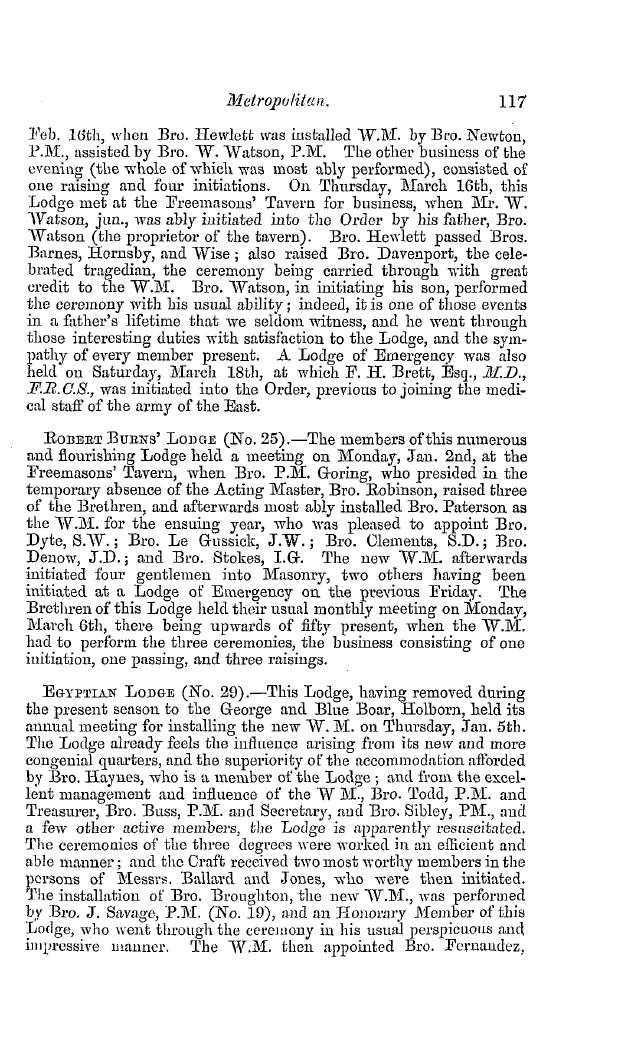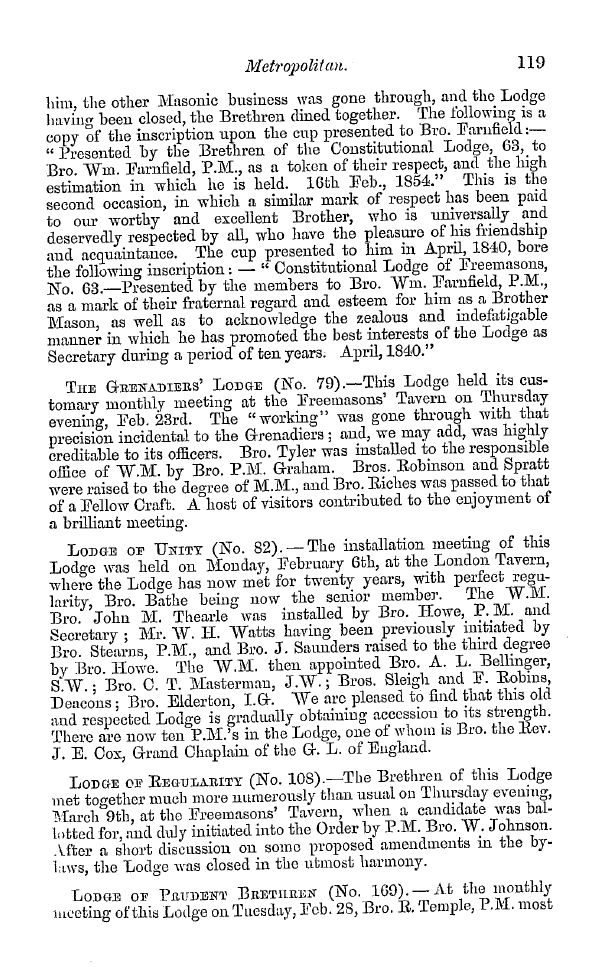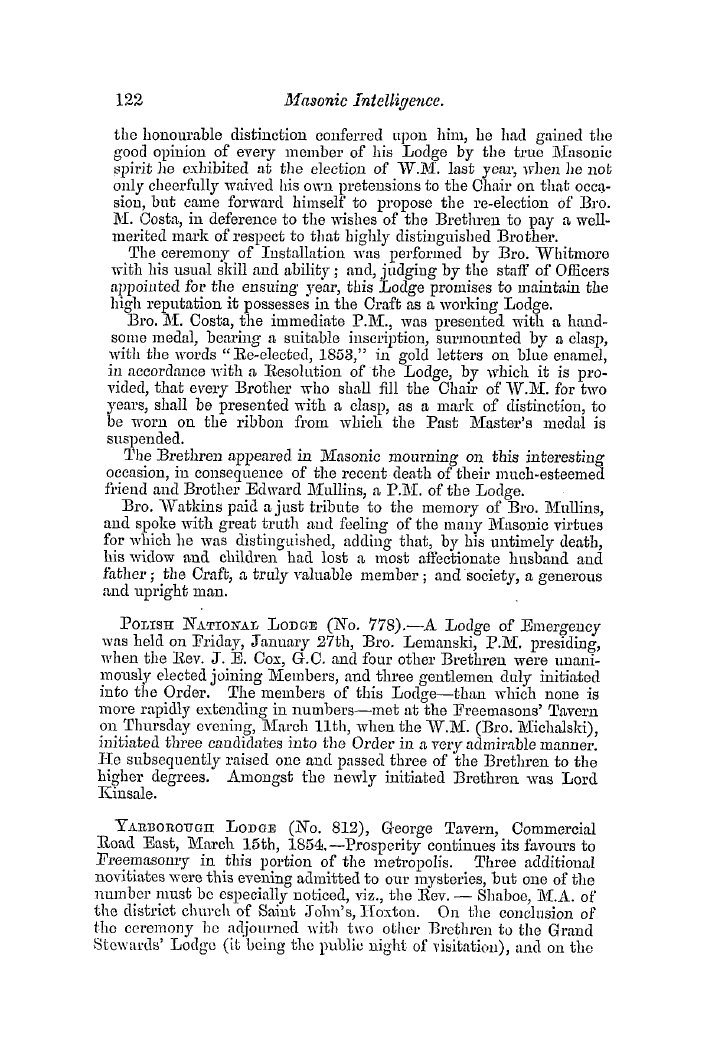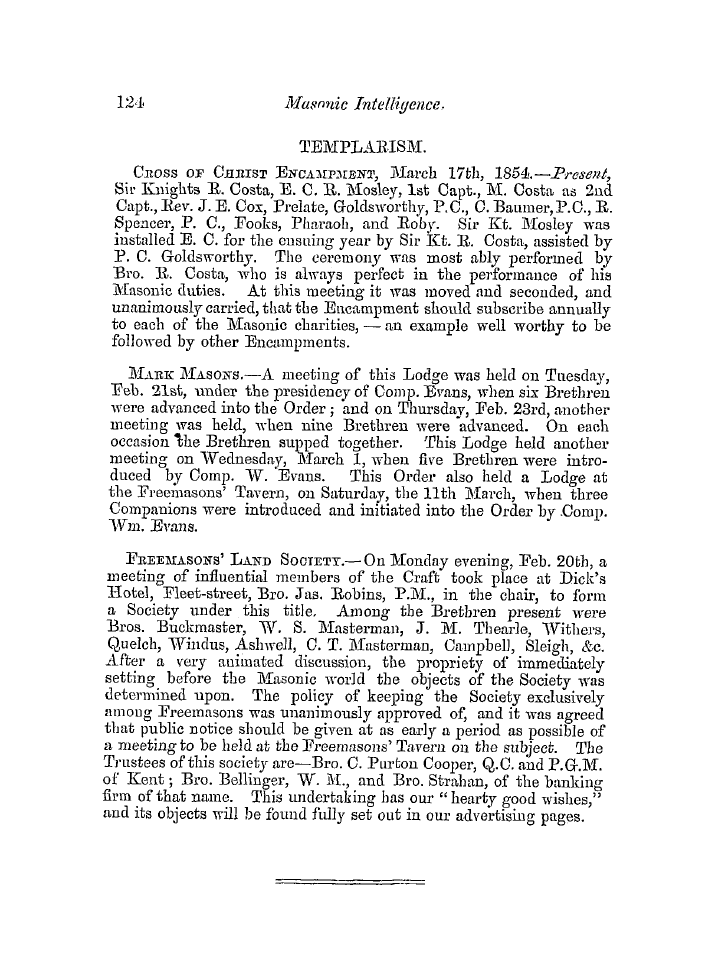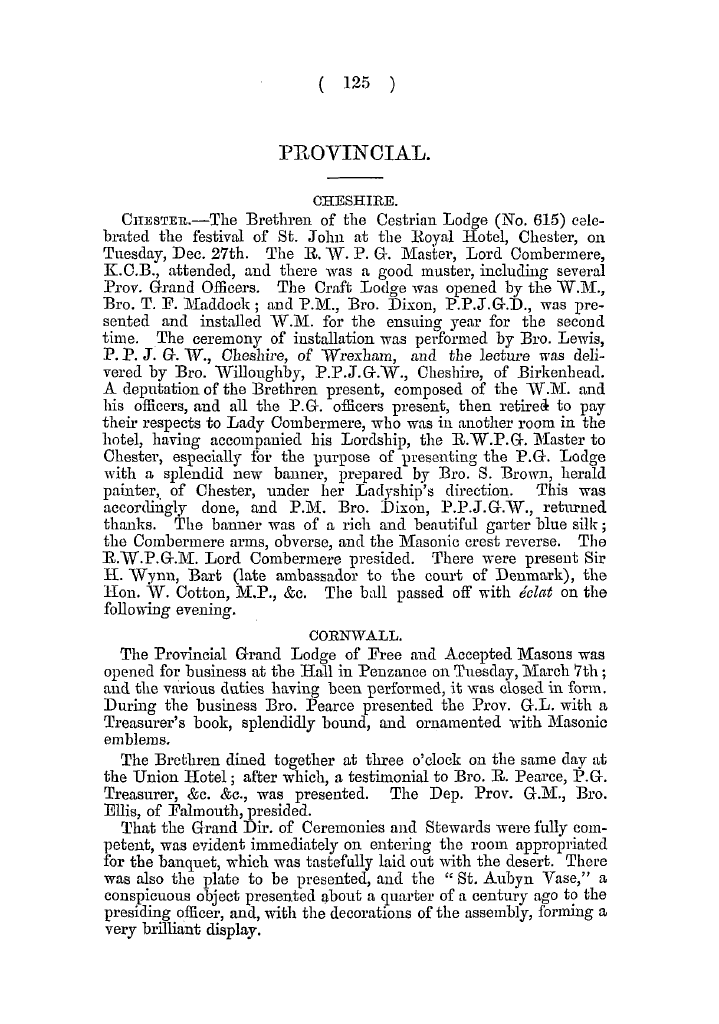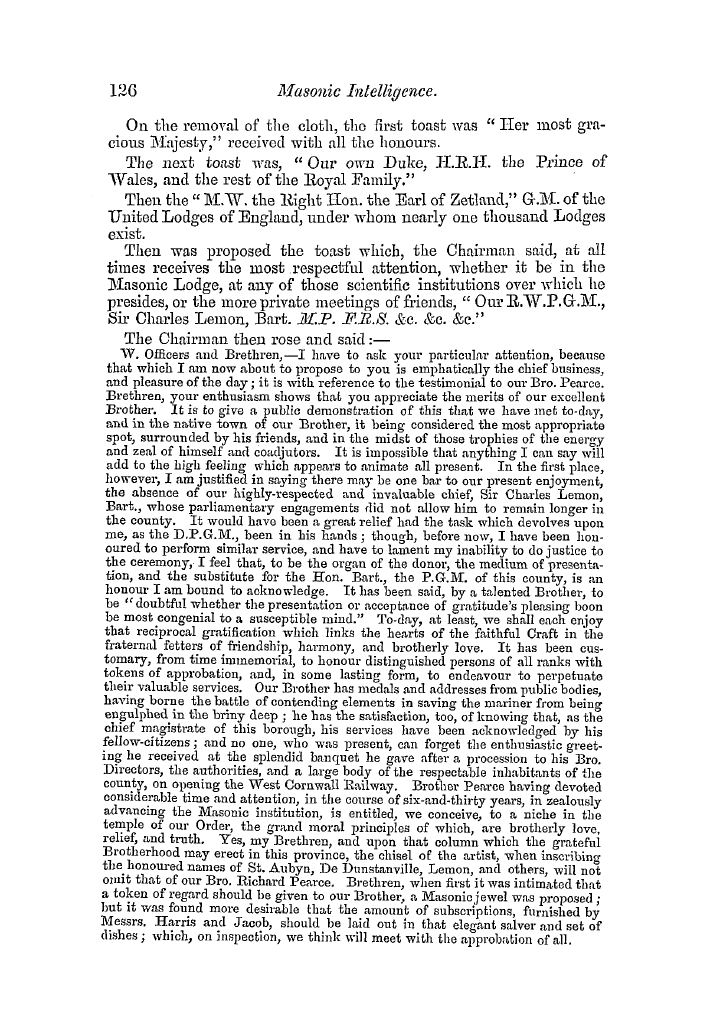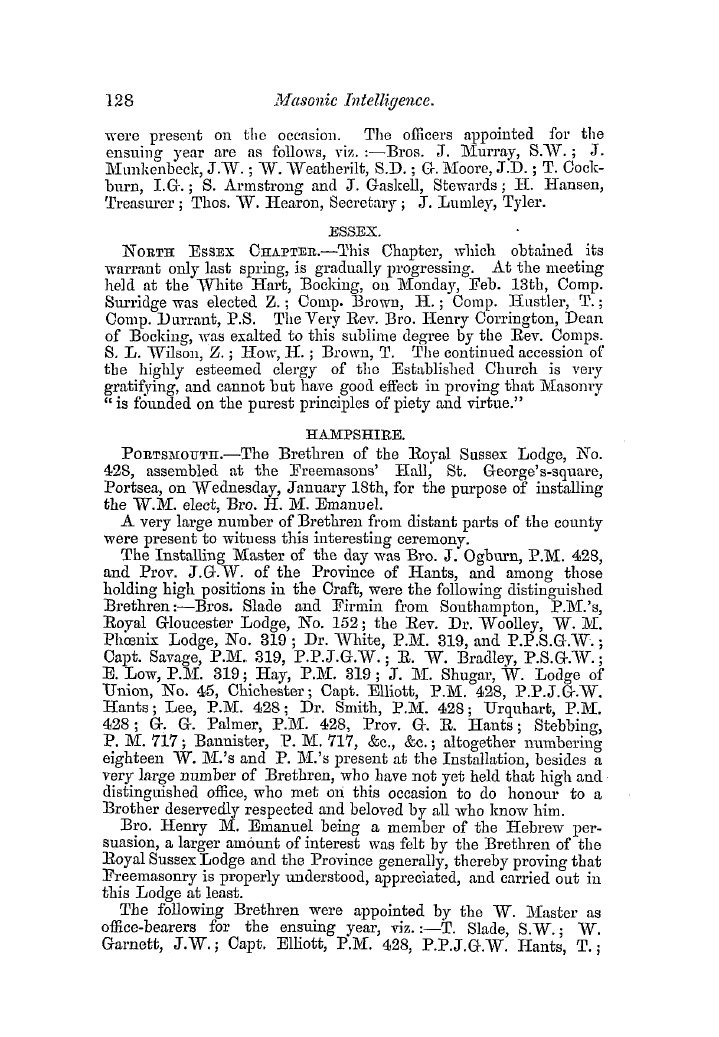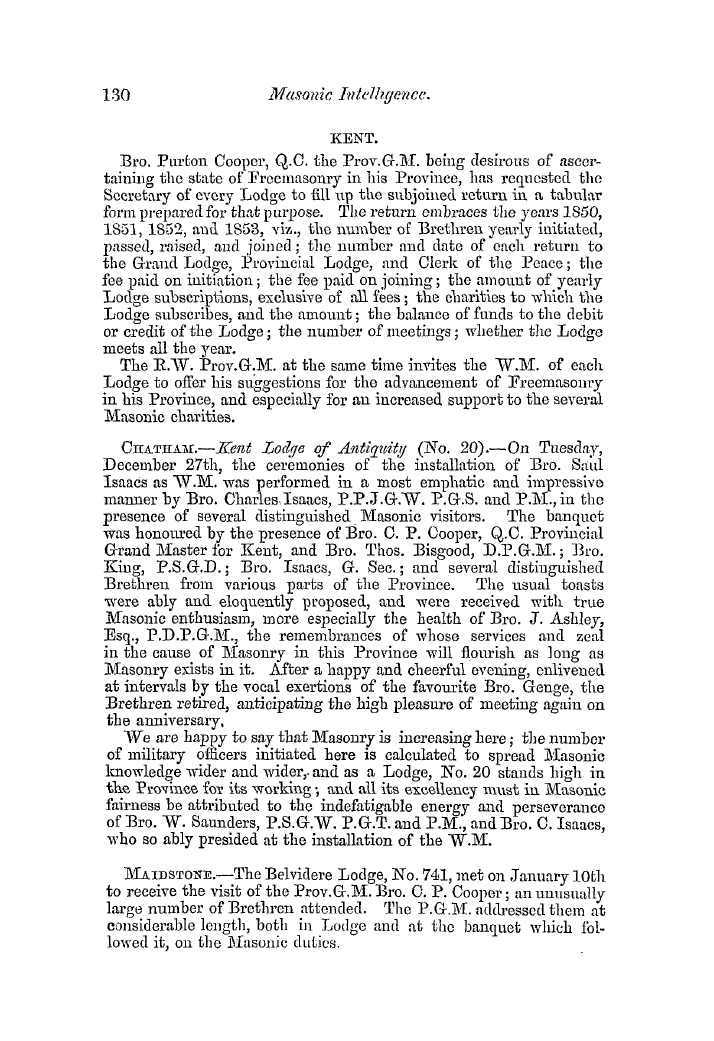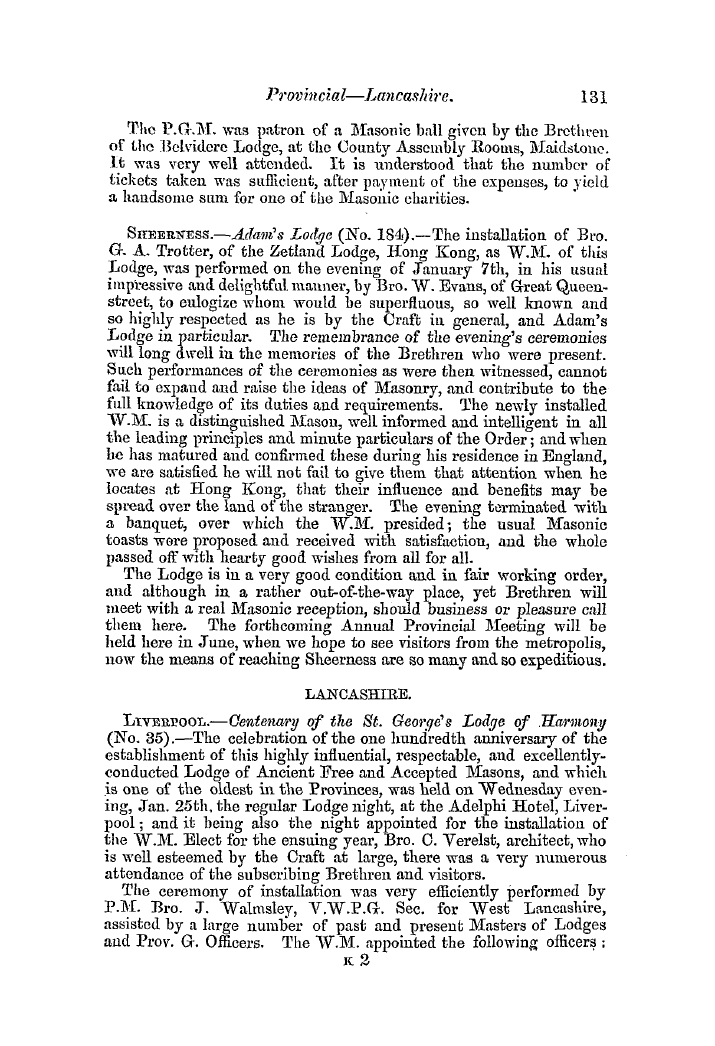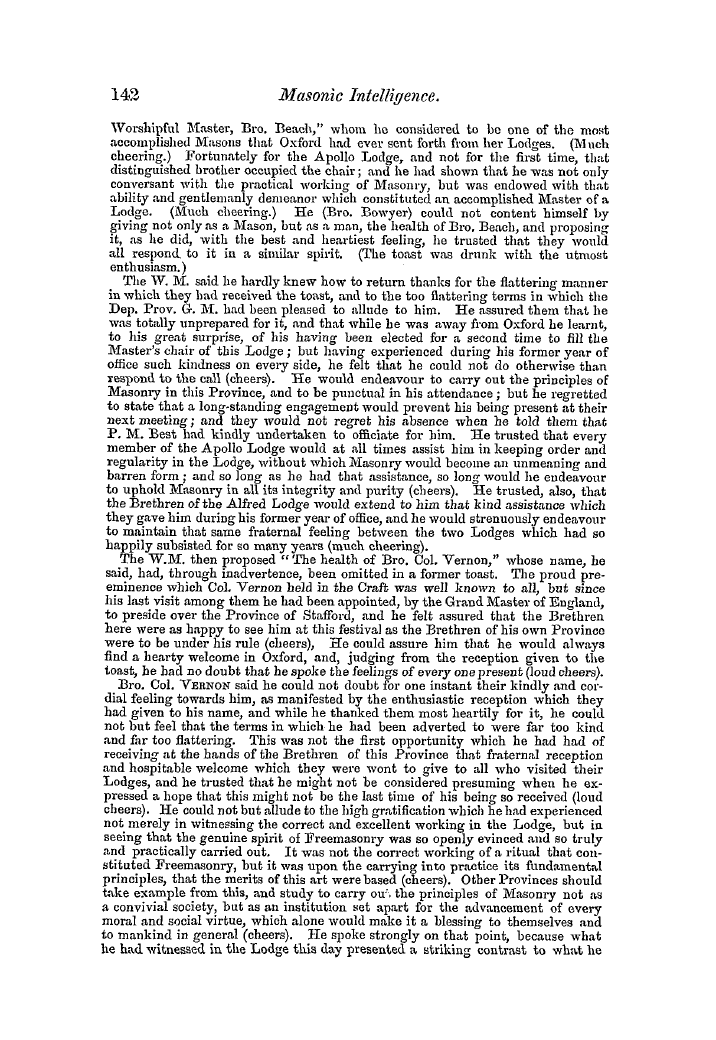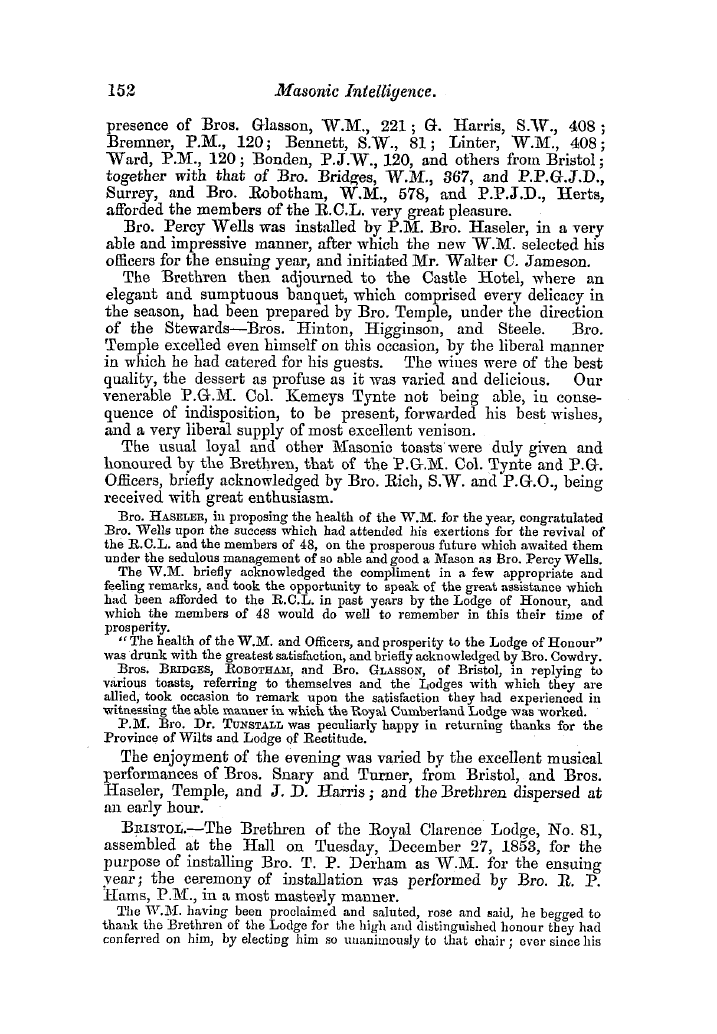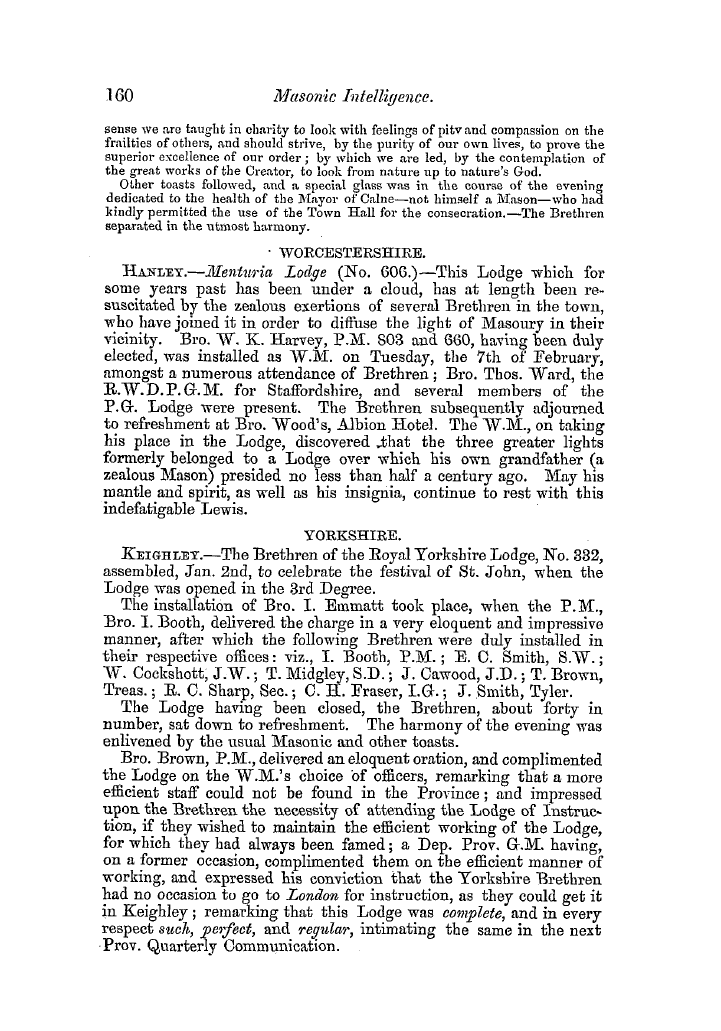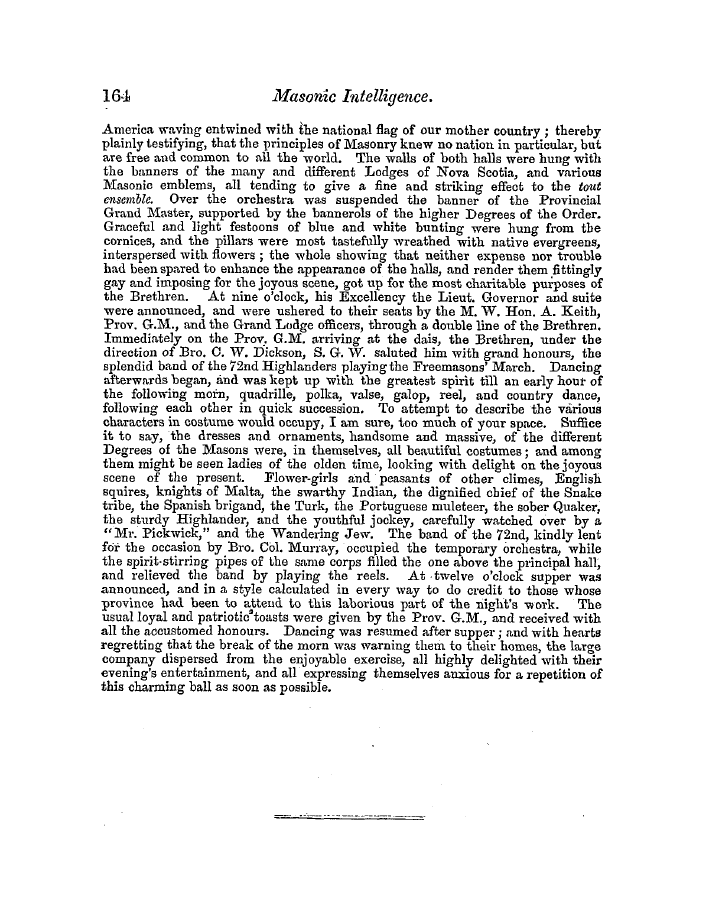-
Articles/Ads
Article ST. SAVIOUR'S AND ITS MONUMENTS. ← Page 4 of 9 →
Note: This text has been automatically extracted via Optical Character Recognition (OCR) software.
St. Saviour's And Its Monuments.
you , my lord ? " The good bishop at first evaded the question , but ' on being closely pressed by the king for an answer , gave this reply , " Then , Sir , I think it lawful to take my brother Neale ' s money , for he offers it . " Many persons illustrious in the arts of war , ancl better tar , in those of successful industryhave found their last
resting-, place within the walls and in the chva-chyard of this time-worn pile . Massinger , the great dramatic poet , was buried here m 1640 ; and his name is entered in the parish register without any other prefix or addition than his simple Christian appellation , nor is there to be seen any monument or stone of any kind to mark the spot where he lies . Edmond Shakspeare , a player , also interred in
and a brother of the greatest of all poets , was the church , in the year 1607 ; ancl John Fletcher , the literary colleague of Beaumont , whose joint comedies and serious plays have been the delight and admiration of two centuries of playgoers , having fallen sick of the plague , died , and was buried within these sacred precincts ; but to neither of these celebrities The whose
is there any epitaph or funeral trophy . poet Gower , contributions so materially assisted in the rebuilding of the church , was buried within it ; and his splendid tomb , now m the south transept , is a really beautiful work of art . The effigy of the poet is in a recumbent position , underneath a rich Gothic archhis hair is represented as longand his beard
; very , is small and forked ; he is habited in a long close-fitting gown , with the collar of S . S . about his neck ; with three books , supposed to be his works , one only of which , the " Confessio Amantis , " was published . . .
On the wall beside him are painted three crowned virgins , with three quaint rhyming devices in the old familiar Norman-French . The first scroll contains these lines , supposed to emanate from Charity : — En toy qui es Filz de Dieu le Pere , Sauve soit , qui gist sous cest pierre .
On the second , from Mercy , are these : — O bone Jesu fait ta mercie , AI alme dont le corps gist icy . And on the third , from Pity , are these : — Pour ta pite Jesu regarde ! Et met cest alme en sauve garde .
There is also a Latin inscription , alluding to his translation to a better world , which reads thus : — Armigeri Scutum nihil A modo fort sibi tutum
Note: This text has been automatically extracted via Optical Character Recognition (OCR) software.
St. Saviour's And Its Monuments.
you , my lord ? " The good bishop at first evaded the question , but ' on being closely pressed by the king for an answer , gave this reply , " Then , Sir , I think it lawful to take my brother Neale ' s money , for he offers it . " Many persons illustrious in the arts of war , ancl better tar , in those of successful industryhave found their last
resting-, place within the walls and in the chva-chyard of this time-worn pile . Massinger , the great dramatic poet , was buried here m 1640 ; and his name is entered in the parish register without any other prefix or addition than his simple Christian appellation , nor is there to be seen any monument or stone of any kind to mark the spot where he lies . Edmond Shakspeare , a player , also interred in
and a brother of the greatest of all poets , was the church , in the year 1607 ; ancl John Fletcher , the literary colleague of Beaumont , whose joint comedies and serious plays have been the delight and admiration of two centuries of playgoers , having fallen sick of the plague , died , and was buried within these sacred precincts ; but to neither of these celebrities The whose
is there any epitaph or funeral trophy . poet Gower , contributions so materially assisted in the rebuilding of the church , was buried within it ; and his splendid tomb , now m the south transept , is a really beautiful work of art . The effigy of the poet is in a recumbent position , underneath a rich Gothic archhis hair is represented as longand his beard
; very , is small and forked ; he is habited in a long close-fitting gown , with the collar of S . S . about his neck ; with three books , supposed to be his works , one only of which , the " Confessio Amantis , " was published . . .
On the wall beside him are painted three crowned virgins , with three quaint rhyming devices in the old familiar Norman-French . The first scroll contains these lines , supposed to emanate from Charity : — En toy qui es Filz de Dieu le Pere , Sauve soit , qui gist sous cest pierre .
On the second , from Mercy , are these : — O bone Jesu fait ta mercie , AI alme dont le corps gist icy . And on the third , from Pity , are these : — Pour ta pite Jesu regarde ! Et met cest alme en sauve garde .
There is also a Latin inscription , alluding to his translation to a better world , which reads thus : — Armigeri Scutum nihil A modo fort sibi tutum



